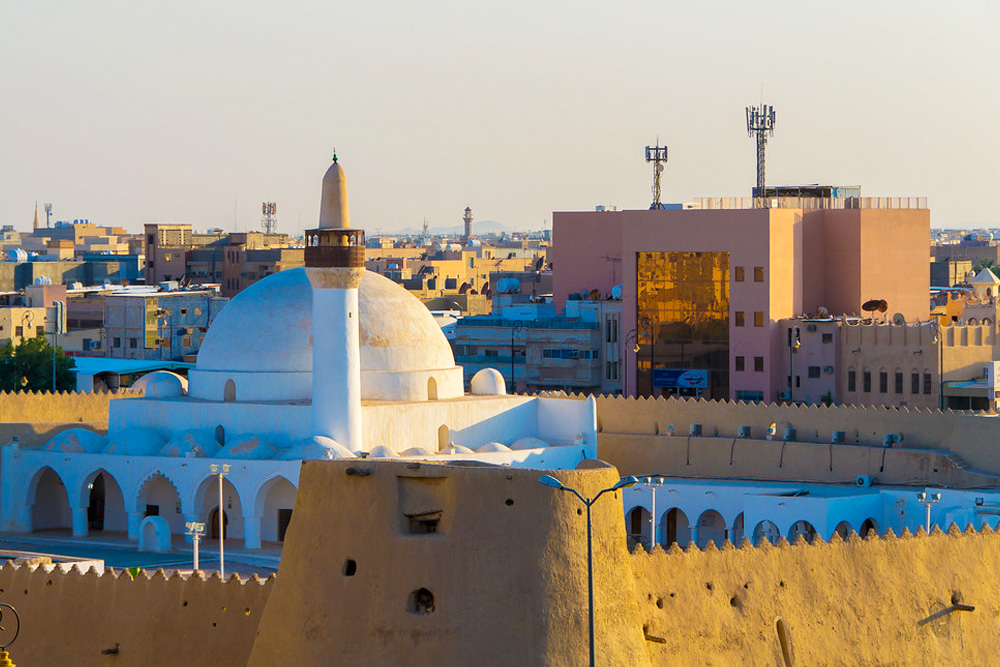

As-Seef Palace, located in the lush and historical region of Al Ahsa in Saudi Arabia, stands as a testament to the region's rich cultural heritage. Al Ahsa itself is an oasis and a UNESCO World Heritage site, renowned for its natural springs, date palms, and ancient archaeological sites that have attracted visitors for centuries.
Tourism in Al Ahsa and around the As-Seef Palace has historical roots that date back to ancient civilizations, with the area being a nexus of trade routes. However, the onset of modern tourism in the vicinity of the Palace can be traced back to the establishment of the Kingdom of Saudi Arabia in 1932, when the nation began opening up to outsiders, albeit in a limited capacity.
With growing interest in cultural and historical sites, the Saudi government began to recognize the potential of tourism as a source of national income and a way to share the country's rich history. Preservation efforts were enhanced, and sites such as the Al Ahsa oasis, which encompasses As-Seef Palace, gained more attention both domestically and internationally.
As-Seef Palace, while not as widely known as some other historical sites in Saudi Arabia, has played an important role in the history of Al Ahsa. It has served as a local governance center and stands as a symbol of the region's historical governance and architectural styles. Tourist interest in the Palace is often driven by the desire to understand regional history and architecture.
Saudi Arabia has recently initiated the Vision 2030 program, with one of its goals being to diversify the economy away from oil dependence. Consequently, there has been a significant push towards developing the tourism sector. With this initiative, destinations like As-Seef Palace are expected to receive enhanced conservation efforts and increased exposure to potential visitors.
The newest trend in the tourism sector of Saudi Arabia is the introduction of the e-Visa, making it easier for tourists from many countries to visit historical places like As-Seef Palace. Cultural festivals, historical reenactment events, and museum exhibitions focused on local history have become more commonplace, designed to attract a broader audience.
In line with global trends, tourism in Al Ahsa and As-Seef Palace is also moving towards experiences that are sustainable and responsible. There is a growing emphasis on preserving the cultural integrity and environmental aspects of destinations.
Saudi Arabia's tourism is also embracing technology, with virtual tours and digital guides becoming more prevalent, allowing for a deeper immersive experience even before visitors arrive at As-Seef Palace. The rise of social media influence on travel planning is also evident, and destinations in Al Ahsa are increasingly being marketed through digital platforms.
As the world becomes more connected and the appetite for unique cultural experiences grows, As-Seef Palace in Al Ahsa is poised to become a more prominent feature on the itinerary of international and domestic tourists alike.